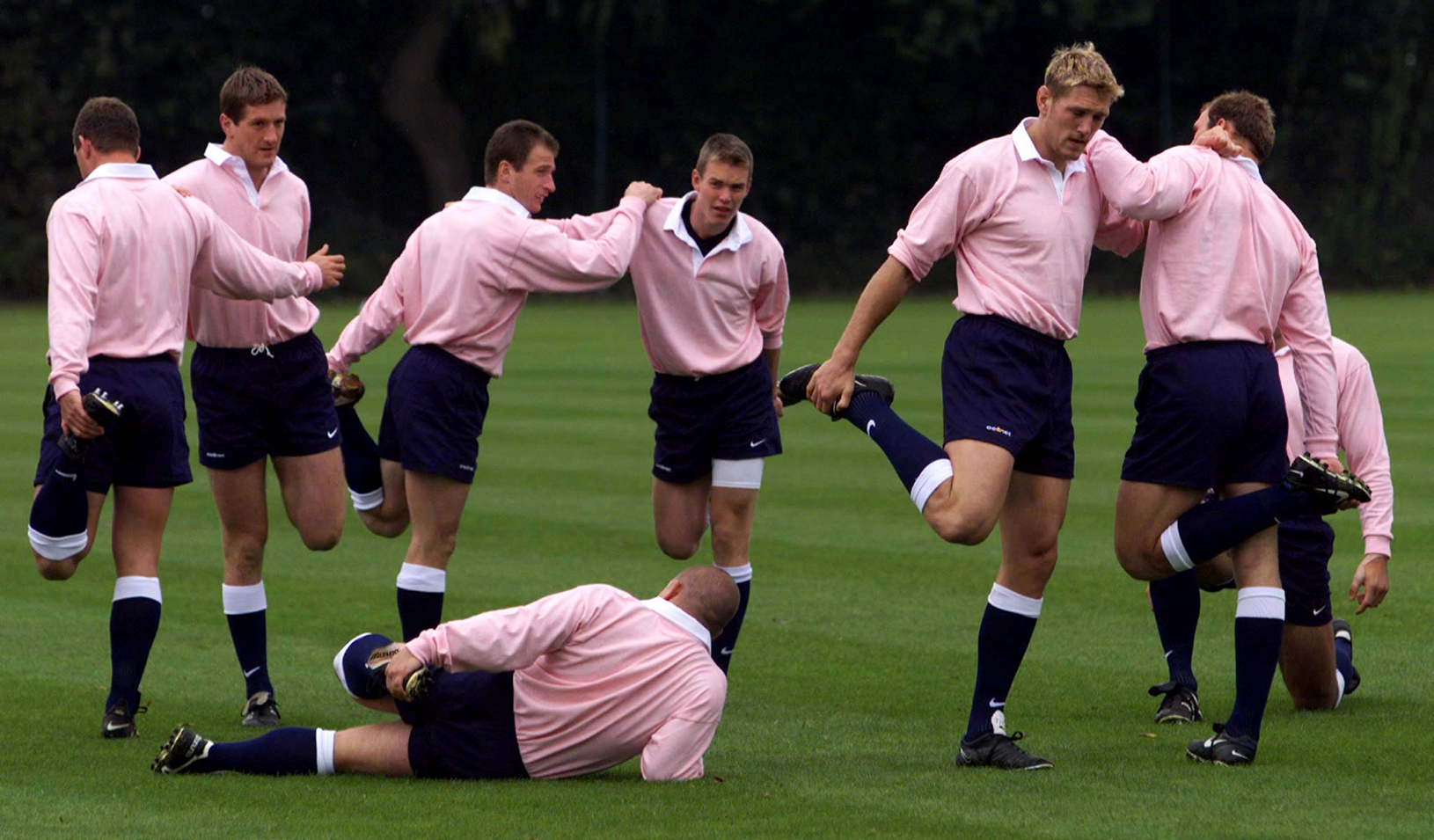Wrinkled. Bingo. Florida. If you find yourself moving more slowly after reading these words, it may be because you've been primed to think "elderly." That was the finding of a classic 1996 social psychology study: Participants who unscrambled text containing such words actually took longer to walk to the elevators afterward. The study verified that exposure to certain ideas and concepts — even through something as subtle as words on a page — can significantly affect behavior in unconscious ways.
The idea that verbal, visual, or cognitive cues can have predictable effects on consumer behavior might tempt marketers to look for magical cues to herd customers like lemmings. But two Stanford researchers have found that one prime does not fit all and, in fact, can have the opposite effect depending on the group. The moral: Take care to segment your market.
S. Christian Wheeler, associate professor of marketing at Stanford GSB, and Jonah Berger, PhD '07 and assistant professor of marketing at the Wharton School, verified their hunch about this through two related studies. They found that in certain cases — men versus women and introverts versus extroverts, for example — participants might respond very differently to the same prime, including having different product-buying behavior.
For instance, tell men and women to shop for clothes. Men set out to get right to their goal of finding the needed item, say the researchers, while women see a "possibility-driven" experience with lots of room for browsing.
To see whether thinking about shopping causes men and women to behave differently, Wheeler and Berger created two groups. One was asked to write about their thoughts and experiences when clothes shopping, and another to write about the geography of their state. Then they were given a supposedly unrelated task—to describe how they would approach choices such as planning a trip in a new place. Would they be purposeful — e.g., sticking to the major sites—or would they plan a more leisurely and rambling trip?
Men who had been told to think about clothes shopping tended to make more purpose-driven choices on the trip question, while women were more possibility driven, said Wheeler and Berger. In sharp contrast, without the shopping prime women made more goal-oriented choices, such as sticking to the map, while men were more willing to be adventurous.
"This suggests that men and women behave in very different ways when they are stimulated to think about clothes shopping — and that such behavior is in contrast to how they ordinarily respond," explains Wheeler. "It's a clear case of a single prime affecting two different groups in an opposite fashion."
They then turned to groups with contrasting personality traits—namely, introverts versus extroverts. They found that when introverts were first asked to think about going to a party at which they knew no one, they subsequently made very different product choices than when they were not given this anxiety-producing prompt. Namely, they consistently chose items that were less stimulating, and more calming—a comfort food cookbook instead of one featuring spicy food; a coupon for takeout versus a meal at a restaurant; a CD of nighttime jazz rather than dance party music. Their choices were not affected in this way when they were given an unrelated prime, and extroverts showed no difference in their choices regardless of the prime.
"This research suggests that when marketers are trying to influence consumers in subtle ways, they will want to ensure that they understand exactly what different primes activate in different groups' minds," says Wheeler. "They need to segment their marketing accordingly."



